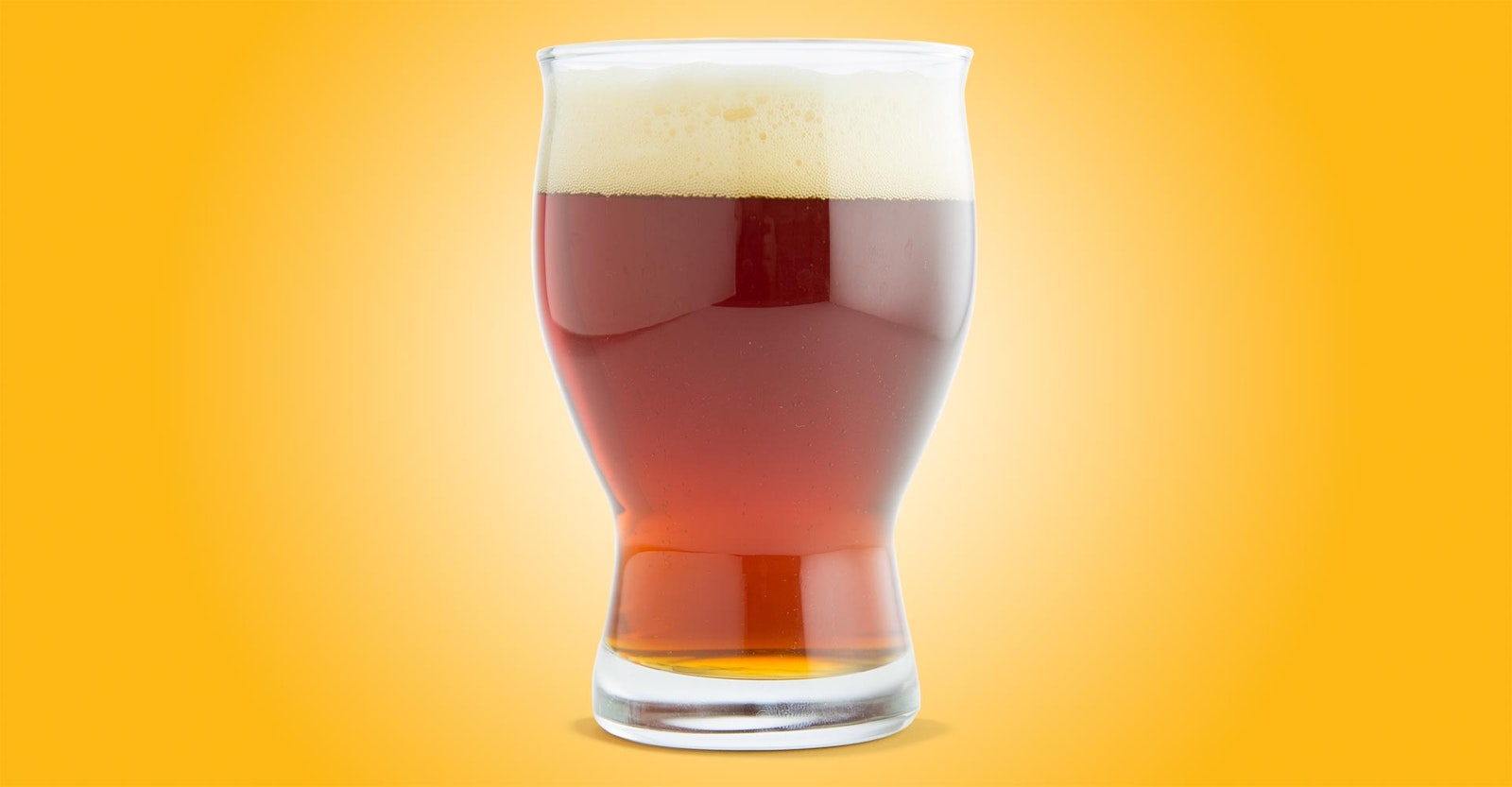Sometimes a beer in the right time and place creates such a firm memory that you can’t help but feel happy when you drink it. On a sunny day in Juneau, Alaska, in the dark back bar of the venerable Alaskan Hotel (which has been hosting and serving since before WWI), I asked for a beer recommendation from the bartender. She recommended the Sockeye Red IPA from Midnight Sun, an Alaskan brewery, and I couldn’t have been happier with the result: clear and clean bready malt, a touch of caramel, pervasive but not aggressive bitterness, and a ton of citrus-and-balsam hops flavor and aroma. I didn’t have a better beer that trip (though I did bring home and age an incredible bottle of Alaska Brewing Co. Smoked Porter – more on that another week), and I quickly set about trying to clone it. I probably never did, but the resulting recipe has served me very well since as a faithful Red IPA that avoids the pitfalls of the style while amplifying its virtues.
STYLE
Red IPA is one of the newer “defined” styles, first found in the BJCP Guidelines of 2015, but it’s certainly nothing new to beer geeks. Previously, Red IPAs might have been referred to as California/West Coast Red ales, Northwest IPAs, or simply as IPAs (the understanding being that there’s a range of malt profiles within the style), but the distinctions of this style are useful to note in order to differentiate it from similar styles (American Amber in particular). Like most IPAs, it’s characterized by a relatively high BU:GU ratio (especially this recipe!), more malt character than a traditional American IPA (though less than a Barleywine or American Strong Ale), and high levels of hops aroma and flavor. Many classic examples are also high in alcohol, but the style doesn’t require it and this recipe doesn’t feature it: the increased malt character provides more support for intense hopping, and I don’t like ethanol trying to steal the show. Made well, Red IPA is a riot of hops in a drinkable beer that you can have more than one pint of without tipping off the stool in that gorgeous pine-and-mirror bedecked bar in Juneau!
RECIPE
I approached this recipe by noting that what I was drinking was similar to my Calling Bird India Ale, a dark-ish English IPA, but with a touch more alcohol and malt flavor and a lot more American hops. Start with 8.5 pounds of Maris Otter and one pound of Munich to lay down that bready base. Then add in half a pound each of Crystal 40 and Crystal 120 (the Fawcett versions, if you have access to them). It’s enough crystal malt character to add some toffee-and-toast flavors, but not so much that it seems “rich.” To that we add a quarter-pound of Carafa Special I, a dehusked dark malt, which will add a very smooth and light cocoa background note but very little true “roast” character. We now have a deep red wort, with an ABV potential of just about 6%.
As for hopping, the brewery says they use Simcoe, Centennial, and Cascade. I’ve used that mix previously, but I just didn’t care for the result, and dropping out the Cascade improved it significantly (though obviously if you’re a Cascade fan, feel free). The Simcoe-Centennial combination, though, added a nicely complementary grapefruit-and-flowers flavor! I do all my serious bittering with the Simcoe, an ounce at 45 minutes and another ounce at 20 minutes, yielding about 60 IBUs. An ounce each of Simcoe and Centennial at five minutes adds a big punch of hops to the flavor profile, and about ten more IBUs. That’s a lot, I know, but the malt character can handle it (also, if you buy into that sort of thing, Simcoe is a relatively soft-bittering low-cohumulone hop, especially for an American variety).
Finally, for yeast I use my go-to Wyeast 1007 (German Ale) for its clean fermentation and a bit of supporting berry ester.
PROCESS
Mash, lauter, sparge, and then boil for the full 60 minutes even though your hops aren’t going in until 15 minutes into the boil. There’s no real process mysteries here. Ferment at 65F, and if you like you can raise that to 68F after 5-6 days to allow for a bit of a diacetyl rest. At this point, many would dry hop this beer, but I honestly don’t care for the grassy, resinous flavor it imparts. In this recipe, the dry hops seem like a patch or an afterthought. Package and carbonate to 2.5 volumes of CO2, and you should be good to go!
IN CLOSING
There are probably as many varieties of red American ales as there are breweries. As homebrewers, we don’t need to sell our beer, so we’re free to ignore the tendency to build in an extravagant flavor element to “hook” customers. Having said that, this is a case where you’re actually going unbalanced on purpose – with a 1.16 IBU-to-gravity-point ratio, this is a markedly bitter beer. However, its backstopping malts should mean that you notice the bitterness in a good way, and the additional fruity hops flavors will soften the blow as well, so swing for the fences! Add this one to your hoppy beer repertoire, and you’ll have a crowd-pleasing IPA that showcases what bitterness and hops flavor can do, and probably even have your “I don’t like IPAs” friends nodding along as well.

